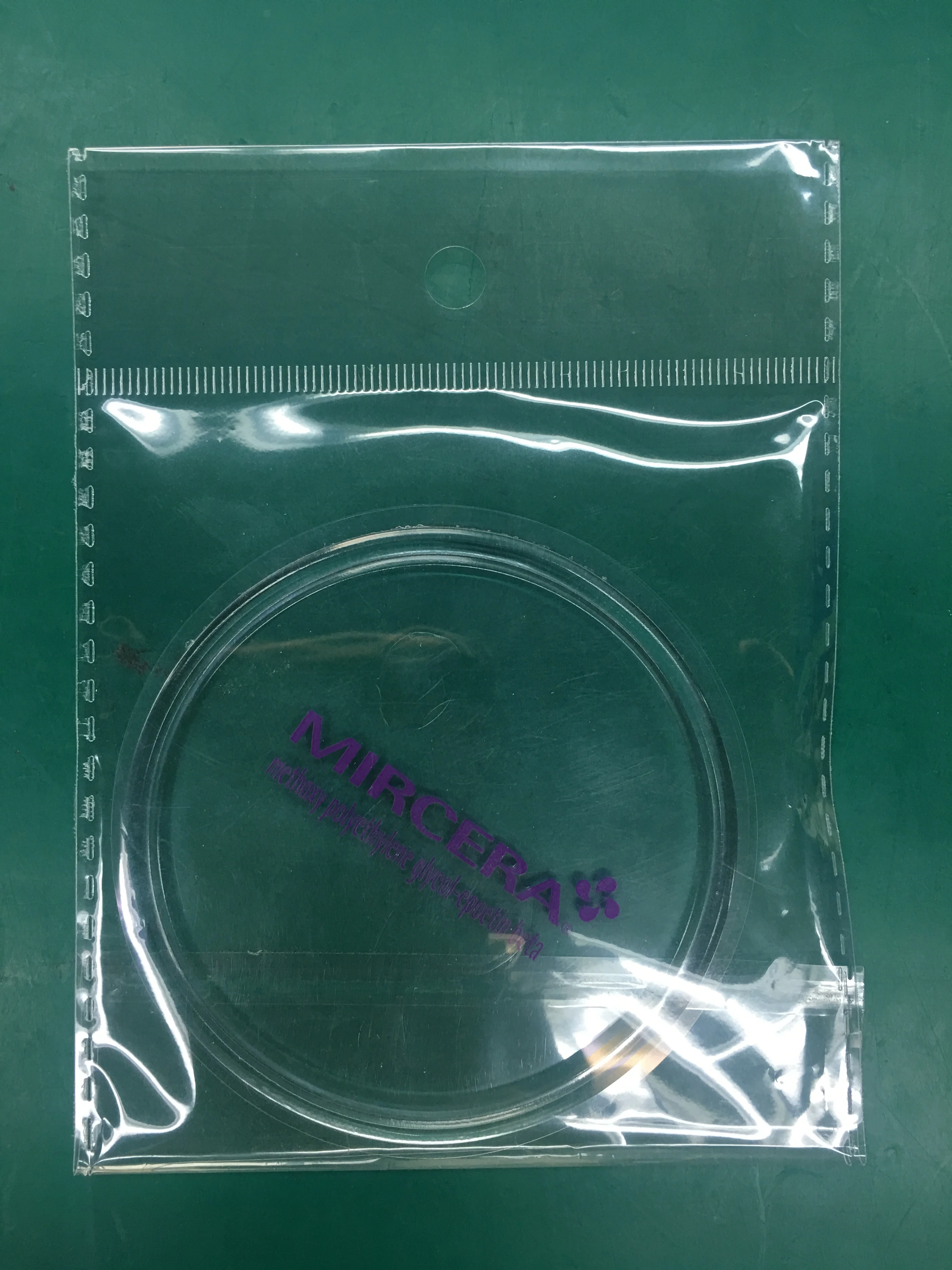

The liquid crystal then guided the shapes of the nanofibers growing up from the bottom, creating nanoscale carpets.

Instead of coating the top of the liquid crystal, the links slipped into the fluid and connected with each other on the glass slide. ‘You just have to be alert and view failed experiments as opportunities.’ Prof Abbott said: ‘The discovery reinforces my view that the best advances in science and engineering occur when things don’t go as planned. In typical experiments, Prof Lahann’s group evaporates single links in the chain and coaxes them to condense onto surfaces.īut the thin polymer films sometimes didn’t materialise as expected. Prof Lahann provided the expertise in producing thin films while Prof Abbott led the design and production of the liquid crystals. They were trying to make sensors that could detect single molecules. Liquid crystals are best known for their use in displays such as televisions and computer screens. Prof Lahann’s group was working with that of Nicholas Abbott, at the time a Professor of chemical engineering at University of Wisconsin-Madison, to put thin films of chain-like molecules, called polymers, on top of liquid crystals. The team believe it will be possible to make a structure that works like polar bear fur, with individual fibres structured to channel light to keep them warm (stock image) The team believe it will be possible to make a structure that works like polar bear fur, with individual fibres structured to channel light.īut molecular carpets weren’t the original plan. They also experimented with optical properties, making a material that glowed. They grew straight and curved fibres and tested how they stuck together like Velcro -finding that clockwise and counterclockwise twisted fibres knitted together more tightly than two arrays of straight fibres. The researchers have shown that their nano-fibres repelled water just like lotus leaves.

Prof Lahann said: ‘Fundamentally, this is a completely different way of making nano-fibre arrays.’ Researchers looking to mimic such ‘superpowers’ and more have needed a way to create the minuscule arrays that do the work. Water-repelling lotus leaves are coated with arrays of microscopic waxy tubules.Īnd the nanoscale hairs on the bottoms of gravity-defying gecko feet get so close to other surfaces that atomic forces of attraction come into play. Polar bear hairs are structured to let light in while keeping heat from escaping. Researchers discovered almost by chance a new method for making arrays of fibres that are hundreds of times thinner than a human hair. Study senior author Joerg Lahann, Professor of chemical engineering at the University of Michigan, said: ‘This is so removed from anything I’ve ever seen that I would have thought it was impossible.’ Engineers have developed a cutting edge way to make arrays of nano-fibres inspired by materials found in nature (stock image) High-tech carpets inspired by polar bear fur and gecko feet could lead to new sticky or insulating surfaces.


 0 kommentar(er)
0 kommentar(er)
